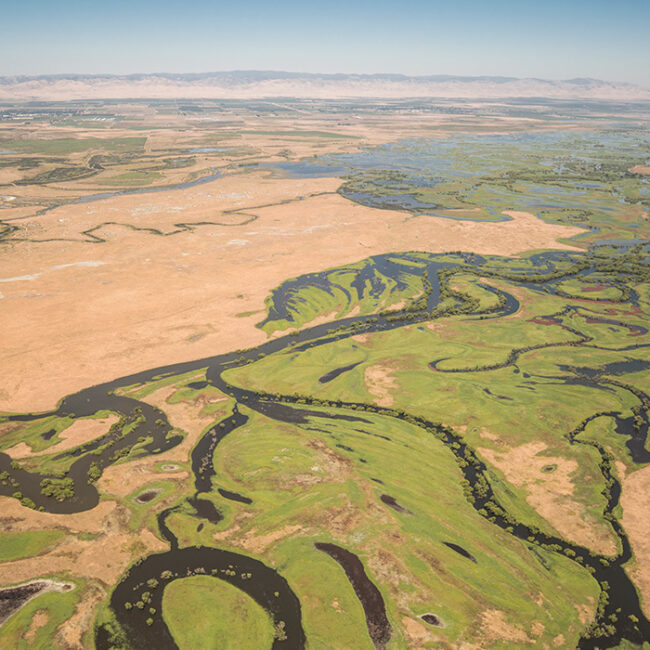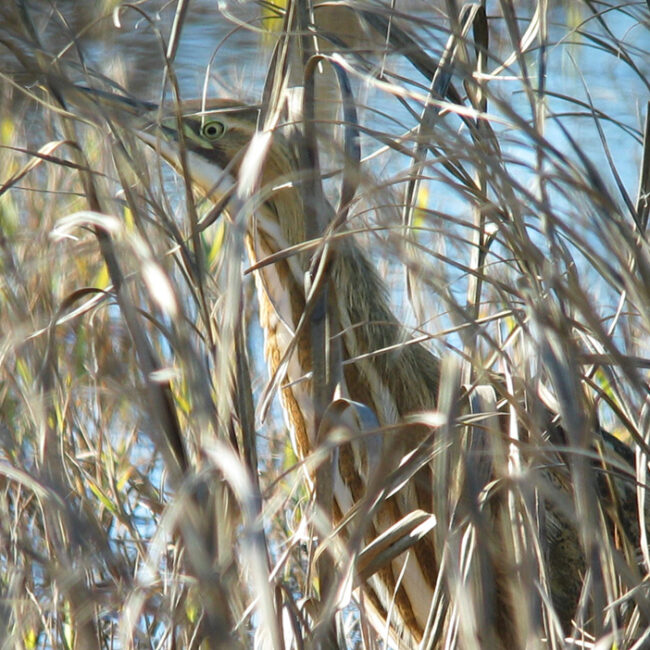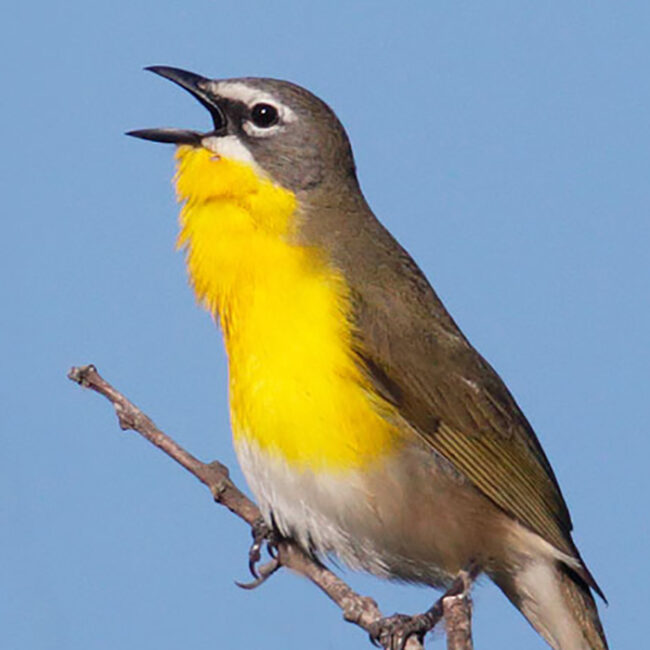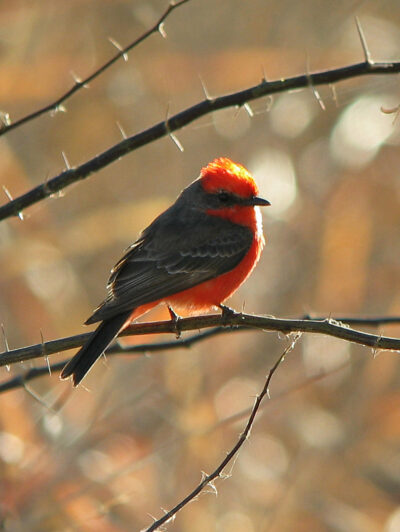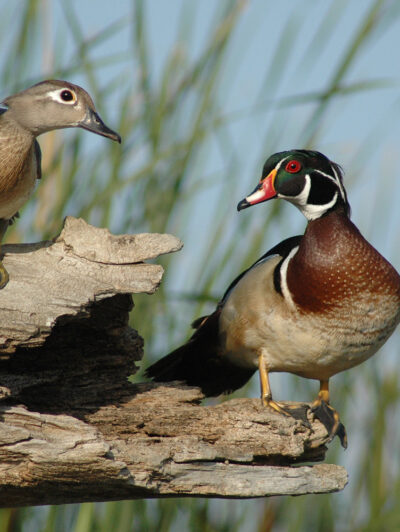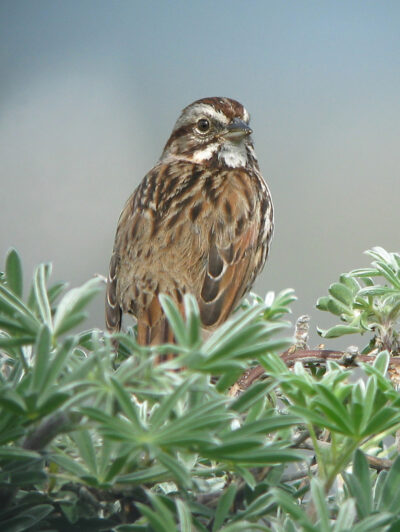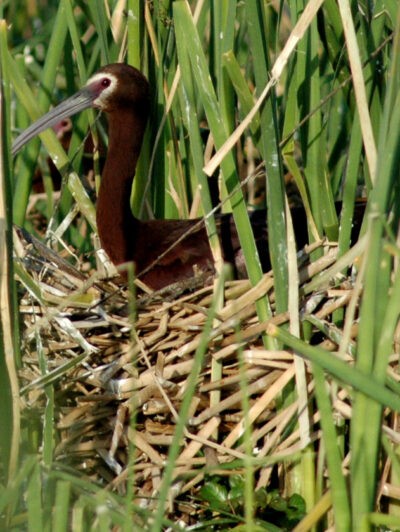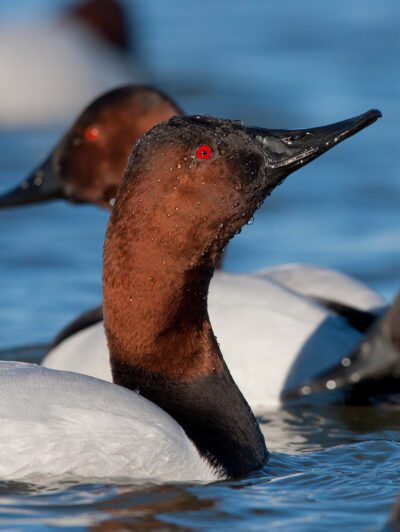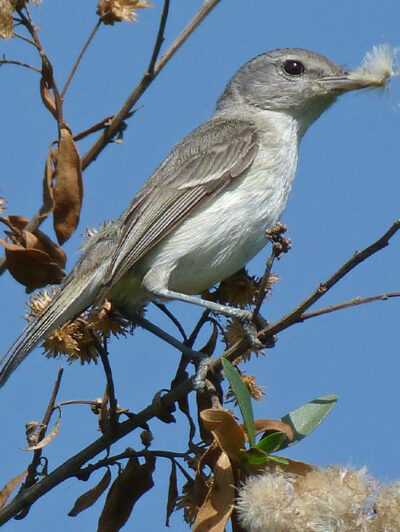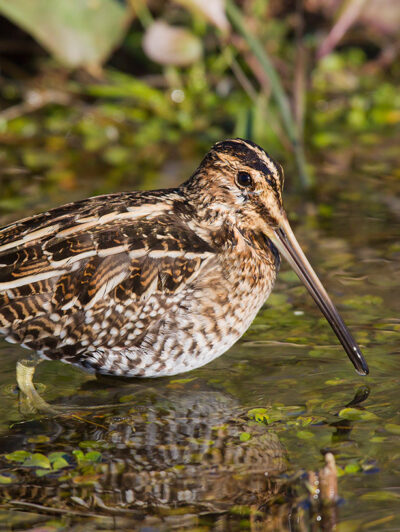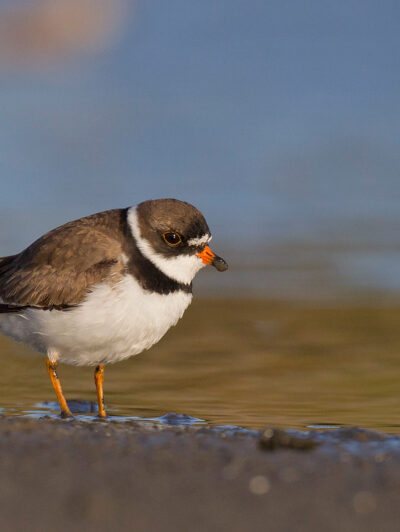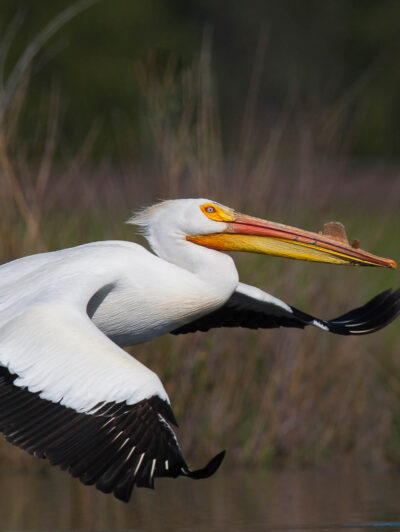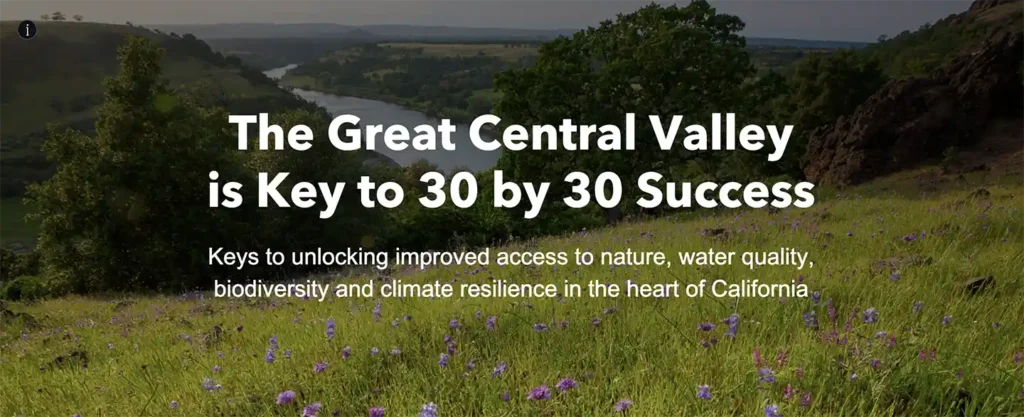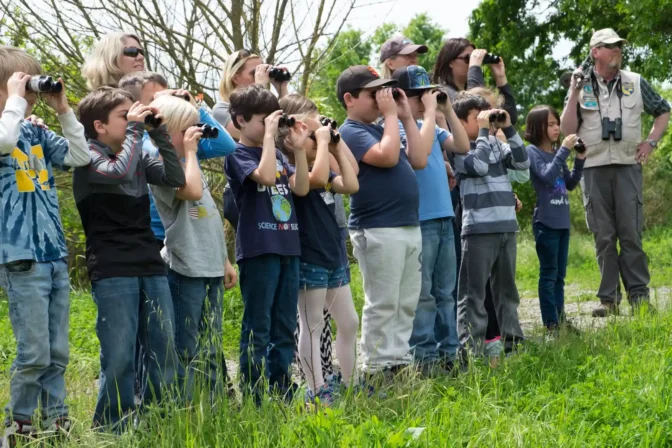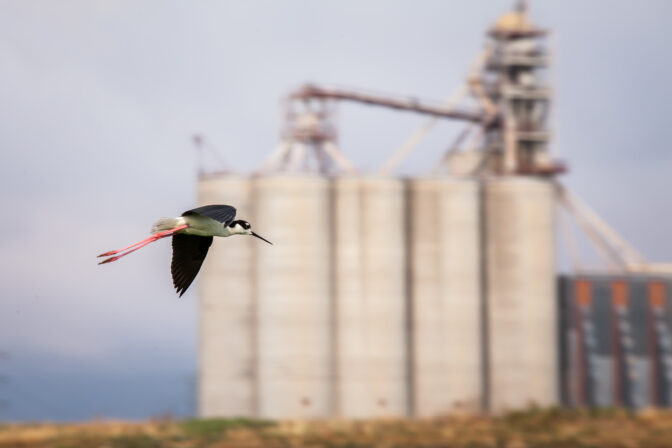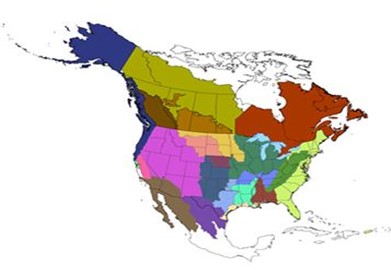Partnering to conserve birds and their habitats for current and future generations
To learn more, watch the Central Valley Joint Venture in Action in our Award-Winning Mini-Documentary!
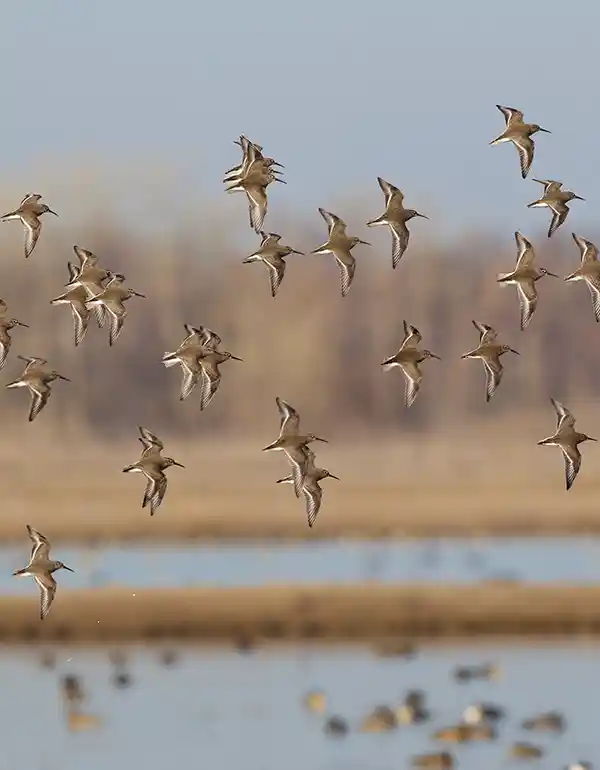
Dunlin, Mike Peters
What we do
Guided by a 20-member management board, the Central Valley Joint Venture (CVJV) uses the best available science to set bird population and habitat objectives that are aligned with several national and international bird conservation plans, which focus voluntary conservation in the Central Valley. The CVJV also provides practical information and guidance for improving bird habitat to policymakers, state and federal agencies, private landowners, local governments, conservation organizations, and corporations. Additionally, the CVJV helps strategically leverage and increase investments in bird habitats on public and private lands in the Central Valley to support healthy wild bird populations, benefiting local communities.
- Bringing science to conservation policy, programs, and implementation.
- Fostering working partnerships among public and private landowners to maximize the benefits for communities as well as the wildlife.
- Supporting landscape-scale conservation.
- Connecting people with the outdoors.
Restoring Vital Habitat
Once a vast mosaic of wetlands, floodplain forests, grasslands, oak woodlands, and saltbush scrub, California’s Central Valley provided vital habitat for millions of migrating and resident birds of the Pacific Flyway. A StoryMap from our partners the San Francisco Estuary Institute explores what the Sacramento Valley’s landscape looked like before Euro-American settlement and how it has changed over the past century and a half.
Today, only 5 percent of the Valley’s native wetlands and forested riversides remains in a somewhat natural state. It's estimated that over a 100 million birds of approximately 400 species still depend on the Central Valley for their survival.
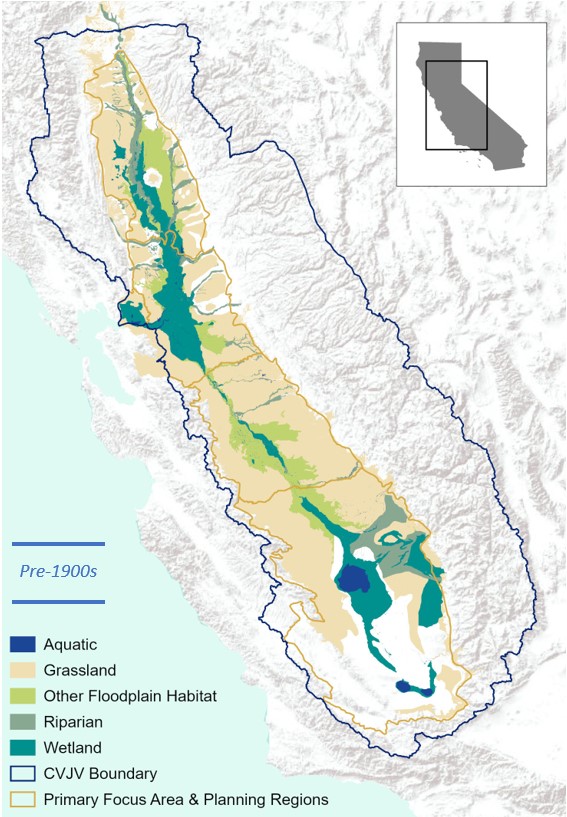
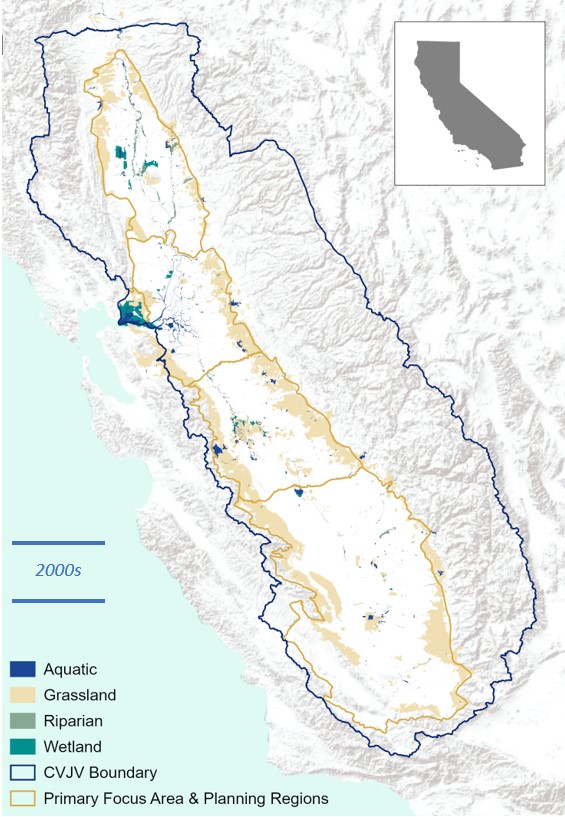
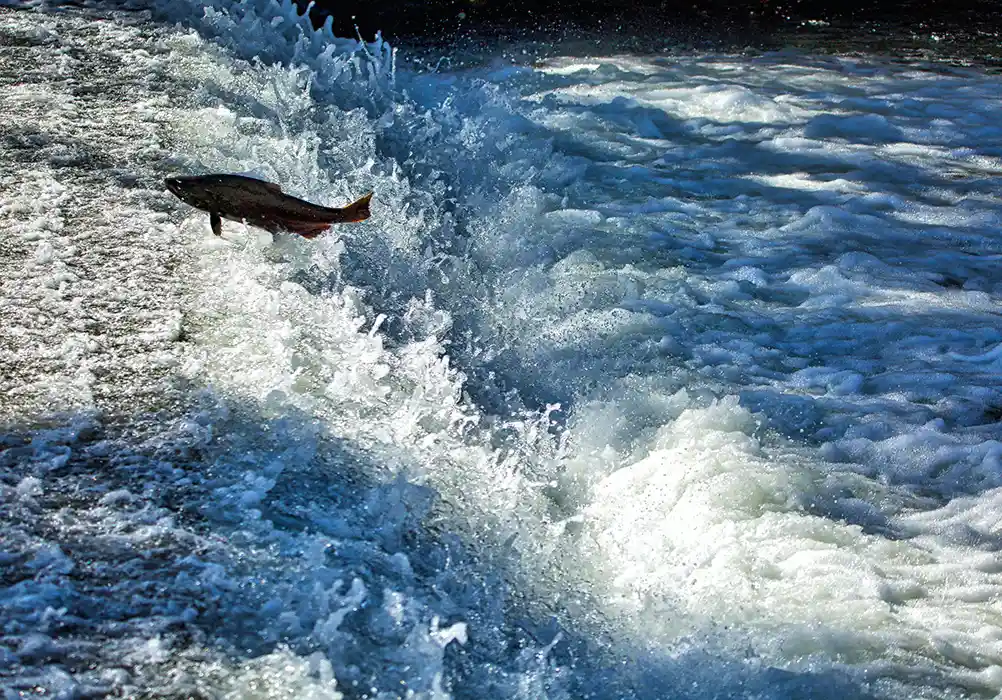
Steve Martarano
Water: The Key to Life in the Valley
Adequate water supplies are critical for wetland-dependent bird habitat, which includes both managed wetlands (such as refuges) and flooded agricultural lands. Water creates the well-recognized flooded ponds and moist, marshy soils that characterize wetlands everywhere.
In the Central Valley, wetland-dependent bird habitat is almost entirely “managed,” either as semi-permanent or seasonal wetlands, or on flooded agricultural lands that provide a wetland habitat function.
Ensuring reliable and affordable water supplies for wetland habitat management may be our greatest challenge.
How we work
The Central Valley Joint Venture cultivates and supports partnerships that protect and restore habitat for the benefit of birds, other wildlife, and people. We provide partners with critical scientific, human dimensions, technical, and policy guidance and support to plan and carry out the most effective on-the-ground bird habitat conservation efforts.
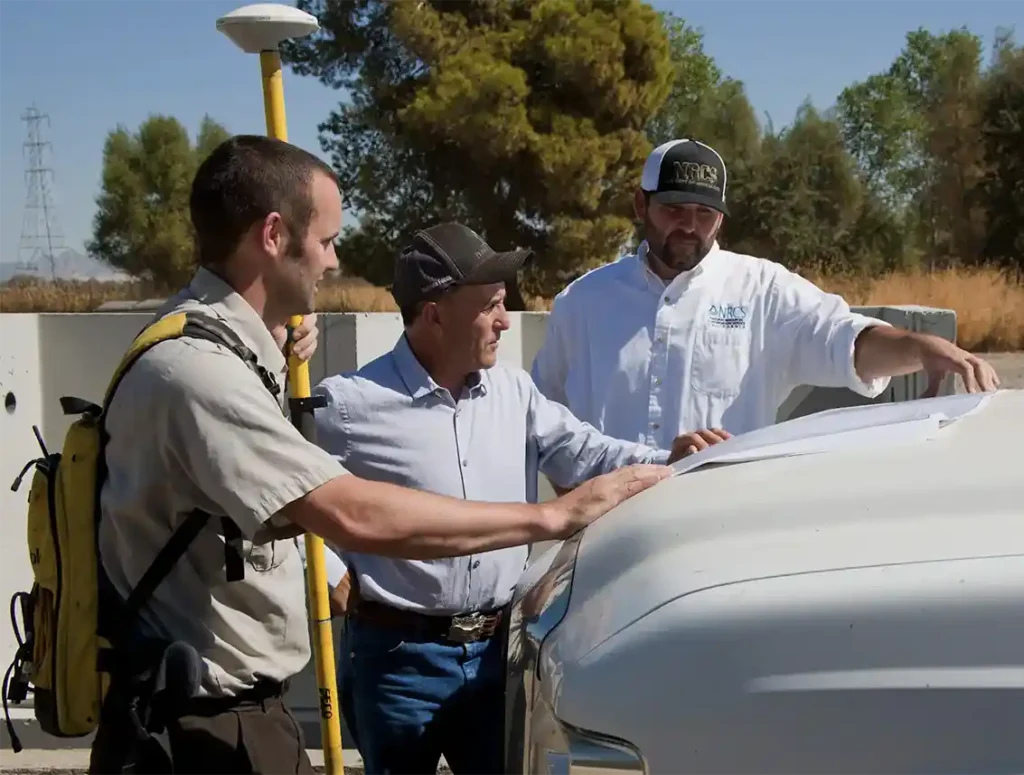
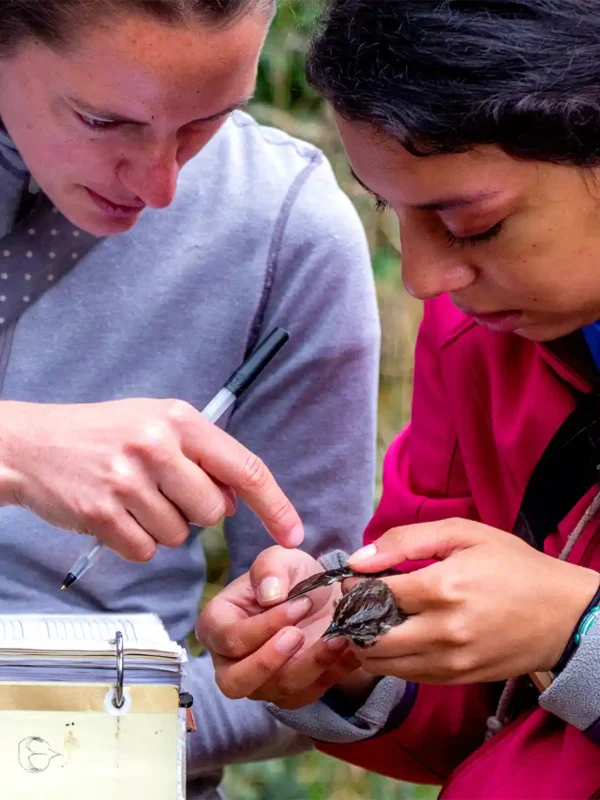
Song sparrow data collection – Lonnie Bowling, Point Blue.
Science: Our Foundation
The CVJV applies the best available science to develop our conservation objectives. We pull together local and national scientists who, using data from the region, employ established methods and models to determine the habitat required for thriving populations of birds in the Central Valley today and into the future.
Lighthawk
Brian Gilmore
Tom Grey

